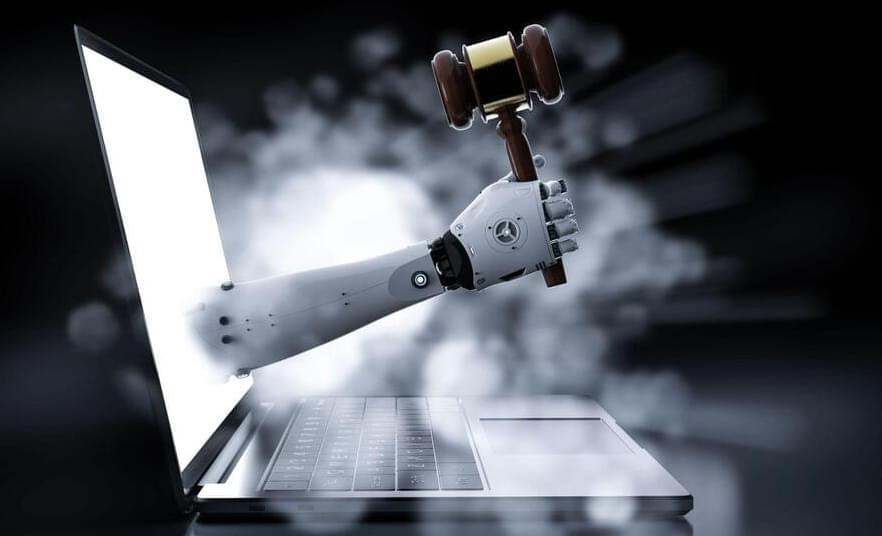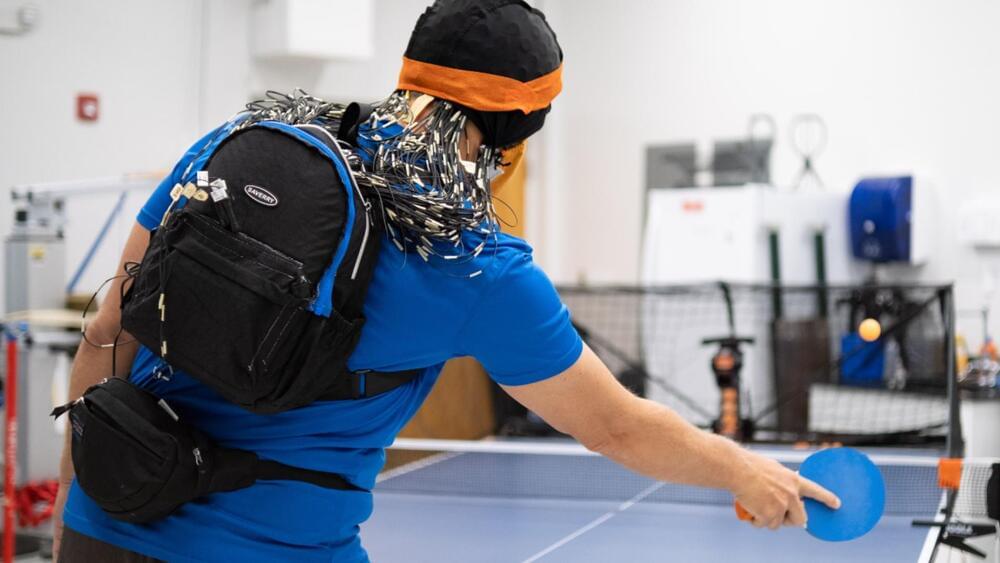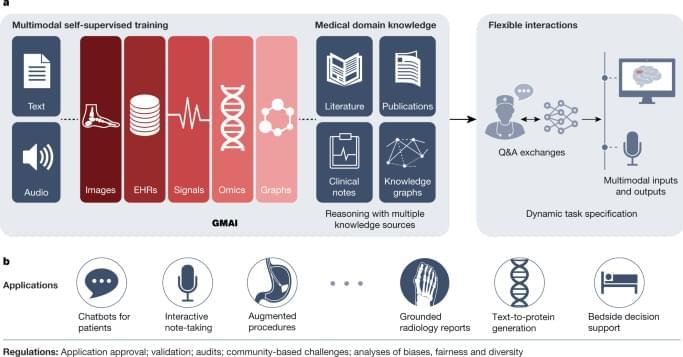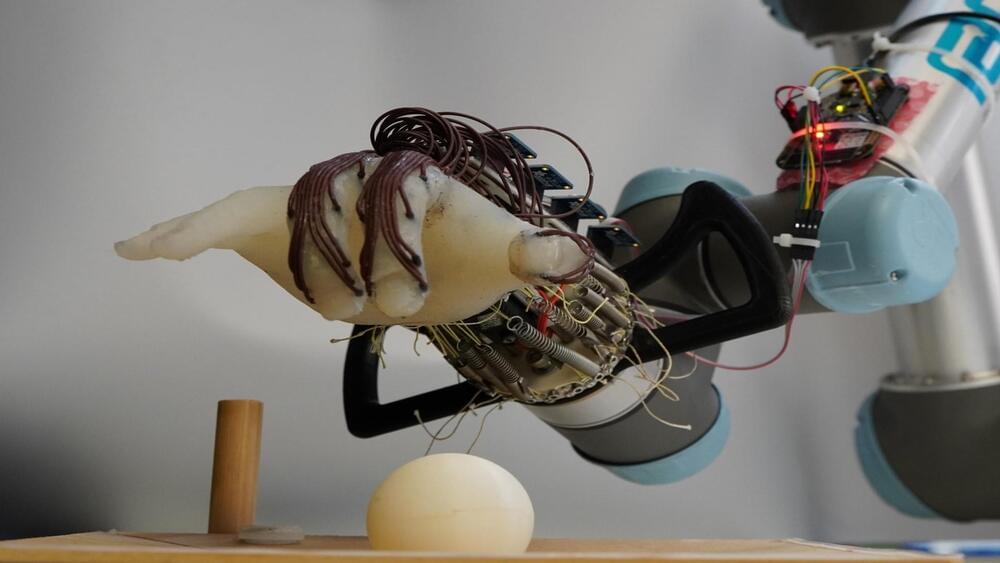The company is offering rewards ‘for exceptional discoveries’.
OpenAI, the creator of conversational chatbot ChatGPT, has announced a Bug Bounty program where users can report “vulnerabilities, bugs, or security flaws” and be financially rewarded for finding them. The company has announced rewards ranging from $200 to $20,000 depending on the severity of the flaw and teamed up with a popular bug-finding platform to streamline the process.
OpenAI’s ChatGPT has ushered in a race for artificial intelligence (AI) models that provide comprehensive solutions to user queries and can even simulate intriguing imagery with the help of a few text prompts.
Sestovic/iStock.
While the technology is advancing at a breathtaking pace and producing some mind-boggling results, there are also concerns about these products’ safety. AI researchers like Stuart Russell have warned that unchecked, the rise of AI could result in a Chernobyl-like incident for the tech industry.





